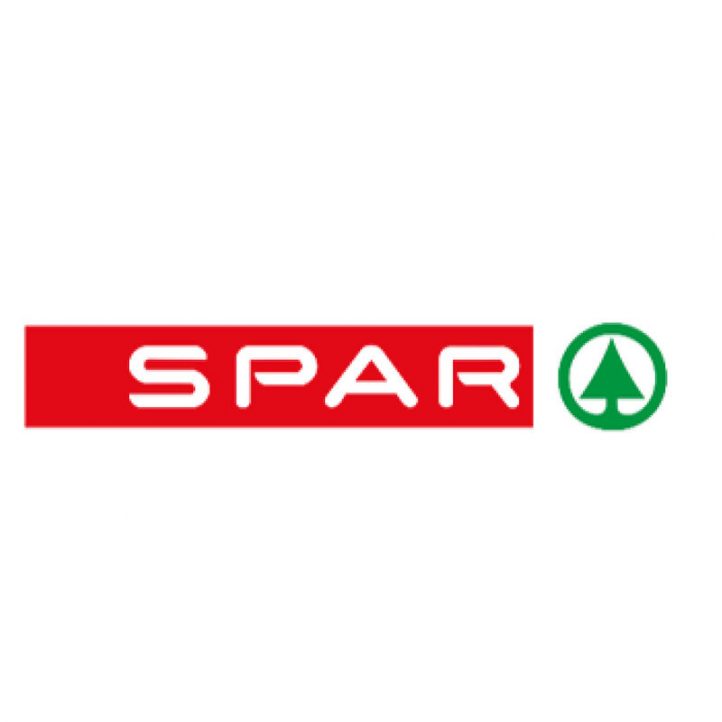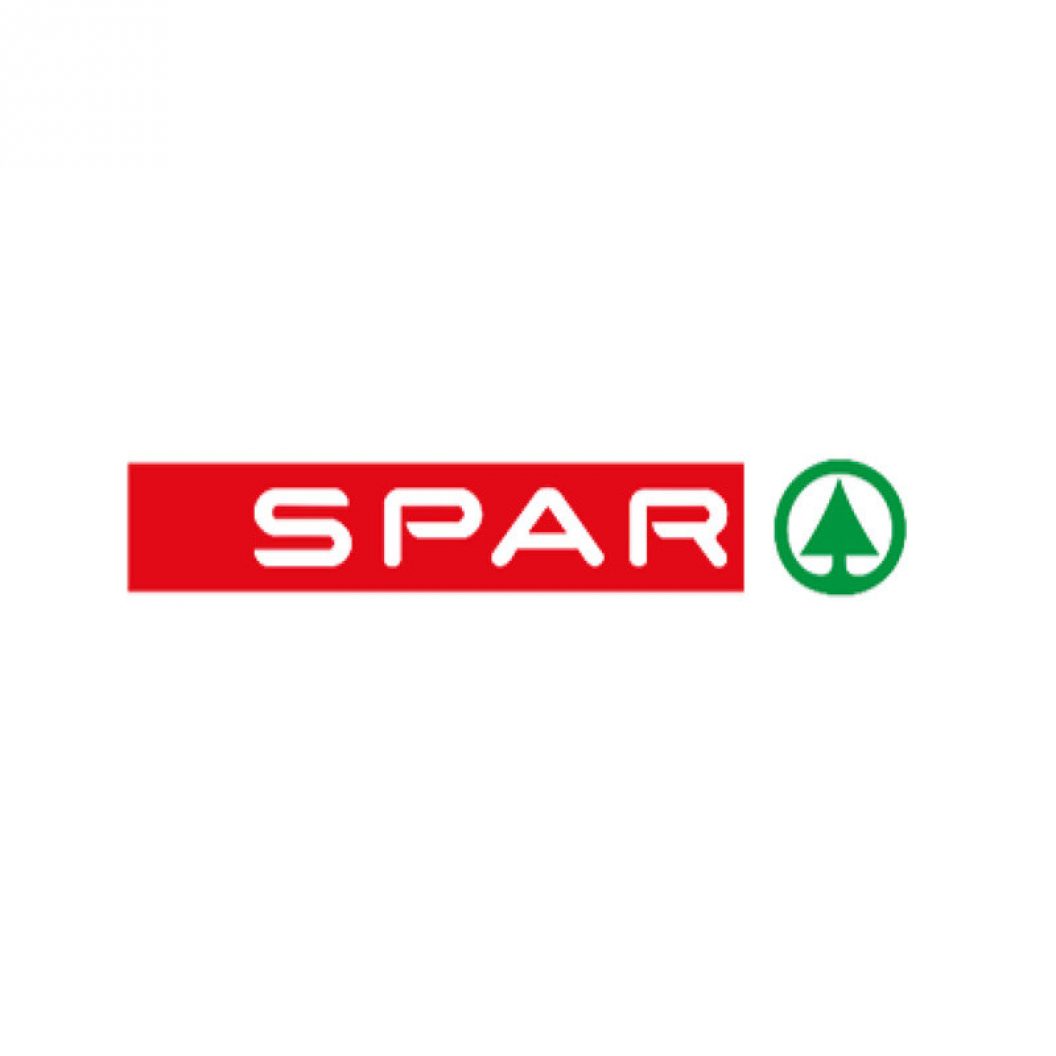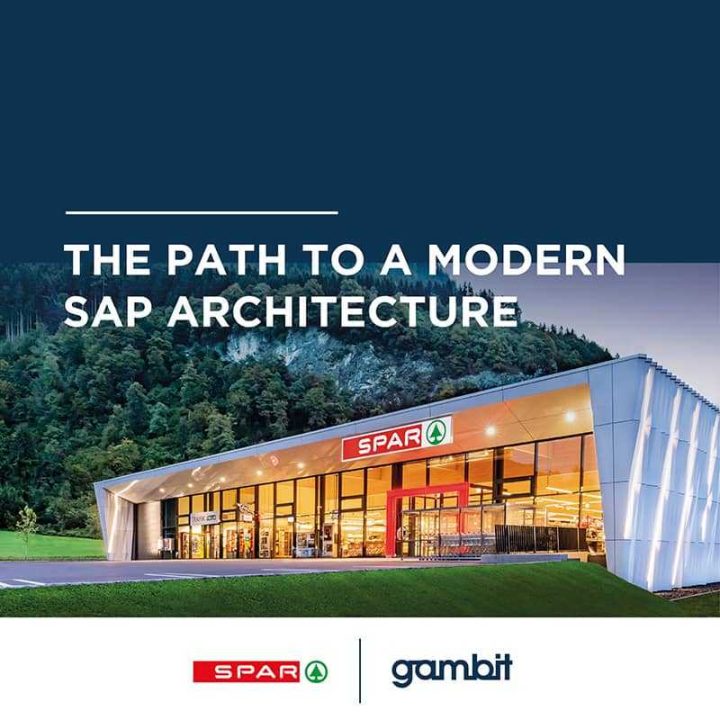The path to a modern SAP architecture
SAP S/4HANA Roadmap - a preliminary study for SPAR Austria

SAP S/4HANA Roadmap - a preliminary study for SPAR Austria
SPAR Austria planned to switch from SAP ECC to SAP S/4HANA. But how can the benefits of the new business suite be maximised for the company - and which migration approach is best for this?
By using the GAMBIT Activate Plus process model and the application of proven tools from SAP and GAMBIT, all essential questions of SPAR Austria could be answered.
The parties involved work together and in close coordination to develop the prerequisites for a well-founded decision: for a suitable migration path to SAP S/4HANA and a future-oriented system architecture.
SPAR Austria is an Austrian family business. The company employs around 90,000 people across the group. With a turnover of eight billion euros, SPAR is the market leader in food retailing in Austria.

Die Eigenentwicklung der METRO ist historisch gewachsen und komplex, bietet für das Unternehmen aber mehrere Vorteile.
2020 was a particularly successful year for SPAR Austria. For the first time in the company's history, SPAR became the market leader in food retailing in Austria with an annual turnover of more than eight billion euros - a real milestone in the company's history since it was founded in 1954.
However, 2020 was also the year in which SPAR Austria set the course for further growth and success in the future. One building block for this was the roadmap for the implementation of the latest SAP ERP software, for SAP S/4HANA. In August 2020, SPAR started a project with GAMBIT Consulting to set up the retail company even more future-proof and successful in the entire IT as well and to find the best way to the new SAP ERP software.

This investigation within the framework of the roadmap project significantly influences the further procedure.
Which migration scenario would be best suited for the company was still largely unclear at the beginning. Nevertheless, at this point, those responsible already had a preference for a new implementation of SAP S/4HANA, the so-called greenfield approach.
"We already knew that only with Greenfield can many issues be completely redesigned and that many new technologies can only be used on the basis of this approach. In this respect, there was definitely a tendency towards this migration approach at the beginning," says Gerhard Belina , IT Project Management at SPAR Austria.

Reference
Reference customer SPAR - The path to modern SAP architecture
The process model at SPAR Austria
SPAR Austria is a privately owned Austrian family business that is extremely successful in the food retail, sports retail and shopping centre sectors in Austria and seven other countries in Europe.
The headquarters of the Central European trading company is in Salzburg. There are additional regional headquarters in each country as well as in six federal states. The Central European trading company operates 3,200 locations in eight countries, 700 of which are managed by independent merchants in Austria alone. The value flows in the company are therefore very complex overall.
SPAR Austria has been working with a central SAP ECC system for the areas of finance and controlling. The system landscape is heterogeneous and characterised by a large number of in-house developments and environment systems.
Therefore, the conversion of the entire system landscape to SAP S/4HANA should not be carried out in a single step and thus completely, but initially only for the central finance and controlling area.
GAMBIT Consulting carried out the roadmap project at SPAR Austria according to a methodology that had already proven itself many times, the GAMBIT Activate Plus process model.
This model consists of several phases and modules with which GAMBIT complements the SAP Activate methodology by strategic and operative questions of customers about continuous business processes in the system and application landscape.
At SPAR, the pre-project consisted of the following sections, which largely followed one another chronologically:
- Strategy interviews with those responsible,
- the presentation of the existing processes and the explanation of the SPAR specifics,
- a comparison of the target processes against the SAP best practice standard,
- the set-up of a demo system including a live demo,
- an initial fit/gap classification,
- the design of the target system architecture,
- the presentation of various cut-over scenarios,
- the development of a suitable project organisation,
- an effort and cost calculation,
- a strategy for minimising risks, and
- a detailed final report.
A contemporary SAP system landscape - with the best practices
When preparing the decision for or against a certain migration scenario (and thus also for a target system architecture), a close look at SAP best practices plays a very central role according to the GAMBIT experts - and this was also the case in this project for SPAR Austria.
The reason for this is that the system architecture changes seriously with SAP S/4HANA: SAP's focus with SAP S/4HANA is now on mapping end-to-end processes, on cloud solutions, on modularising system landscapes and on breaking up the monolithic system.
"The conversion to SAP S/4HANA is never just a technical project, never just a simple upgrade of SAP ECC. Rather, it is about fundamentally and strategically preparing the company, its systems and processes for the challenges ahead with the help of new technologies and possibilities," says Philipp Fischer, project manager at GAMBIT.
SAP delivers a best-practice process model under SAP S/4HANA, with which basically all central business processes can already be mapped end-to-end in the standard. Functions that go beyond the standard can be mapped via apps from SAP or third-party providers and integrated into the company's own processes via corresponding interfaces. In this way, the core of SAP S/4HANA remains permanently untouched and 100 percent in the standard - unlike in earlier SAP architectures with many in-house developments.
The entire ERP system is thus permanently less complex and more maintenance-friendly. In addition, it can be adapted more quickly and expanded without changes to the code in the system - for example, by simply connecting an app suitable for a specific requirement to the new SAP S/4HANA system as a so-called side-by-side extension.
If a company wants to maximise the benefits of SAP S/4HANA, an architecture based on best practice standards and new development tools is therefore essential. However, the use of best practices is only possible via the greenfield approach. With the other variants, the old client structure from the SAP ECC system is copied 1:1 to SAP S/4HANA - the path to best practices cannot be realised in this way.
"These fundamental changes under SAP S/4HANA in turn mean that determining the degrees of coverage by the standard is extremely important in every roadmap project and has a significant influence on the further procedure," says Philipp Fischer.
If, for example, a company's coverage levels through the standard are very low, then a greenfield implementation would hardly make sense because the company's individual requirements would not be met. If, on the other hand, most of the requirements can already be mapped in the standard, a changeover according to the brownfield approach or a selective migration would not be very future-oriented.
Detailed analysis in the area of finance and controlling
The strategy interviews at SPAR Austria at the beginning of the roadmap project in mid-2020 revealed 18 potential areas of investigation from the areas of Finance and IT Management, Payment Services, Invoice Verification, Controlling and Reporting as well as Accounting.
"From these areas of investigation, our steering committee then in turn selected a number of key topics that were investigated in more detail as part of the preliminary study," says Gerhard Belina of SPAR Austria.
These included, among others, the areas of integrated planning, simulation and extrapolation as well as the question of the use of the Financial Closing Cockpit and Group Reporting for consolidation. For example, GAMBIT's experts evaluated whether the SAP EC-CS consolidation solution used by SPAR could be replaced by SAP's Group Reporting. Furthermore, they examined whether SPAR's customised developments in the area of planning could be replaced and improved by SAP products.
Another focus of the preliminary project at SPAR Austria concerned the various paths to SAP S/4HANA, specifically also against the background of the design of the target system architecture and the desired use of best practices. Three migration options were compared in detail here: two greenfield options (one of which was with SAP Central Finance) and one brownfield option.
The various options differed considerably in the analysis and evaluation: from the degree of risk, the cutover options to the costs and the possibilities of being able to use innovative technologies such as the SAP Analytics Cloud, SAP Group Reporting or Profit Centre Accounting.
As a result of the study, the advantages of a greenfield implementation clearly outweighed the disadvantages, as this approach was the only way to meet SPAR's requirements: from the ability to use innovative functions and services from SAP and partners to the focus on end-to-end processes in the best-practice standard.
"At the beginning, we would not have thought that we would succeed in managing this entire project remotely. In fact, the GAMBIT consultants were not even on site during the nine months. Due to the Corona pandemic, however, we had no other option, so we adapted to it very quickly - and are absolutely thrilled and satisfied with how well it worked out," says Gerhard Belina, IT Project Management at SPAR Austria.

Emre Cetin, Sales Executive
Do you still have questions about our project at SPAR?+41 41 784 19 31
